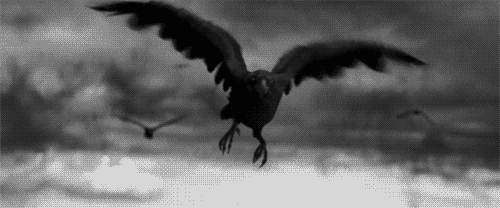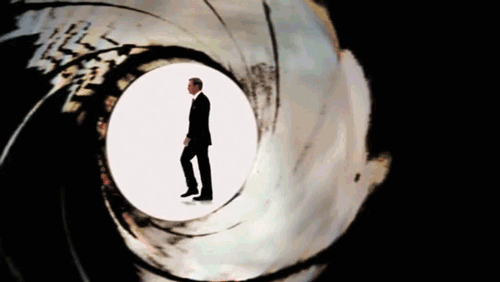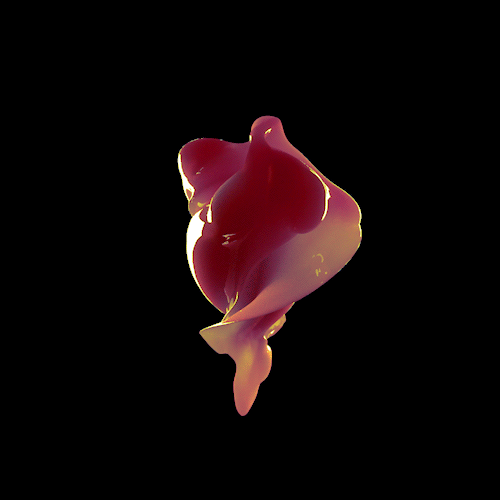
'Under the Wave off Kanagawa' ('The Great Wave') is probably the most iconic Japanese artwork in the world. It depicts a monstrous wave about to come crashing down on three fishing boats and their crews. On the horizon is Mount Fuji, dwarfed by the colossal wave. The print was created by Hokusai when he was about seventy years old, as part of his Thirty-six views of Mount Fuji series.
The print was made using colour woodblock printing and many thousands of impressions were made - each one sold quite cheaply.
How did The Great Wave become one of the most famous images in the world?
When The Great Wave was first issued, in about 1830, Japan's contact with the outside world was strictly regulated. It was only in 1859 when Japan, under pressure from America and other
powers, opened a few of its ports that Japanese prints began to be exported to Europe. They were quickly discovered and celebrated by European and American artists like Whistler, Van Gogh and Monet. The Great Wave inspired Debussy's symphonic sketches La Mer and has become one of the most iconic images of the power of the sea.
'The Great Wave' is actually a view of Mt Fuji, one of a series of colour prints Hokusai designed about 1830 called Thirty-Six Views of Mt Fuji. The mountain has always been considered sacred and some of the original purchasers of the print, ordinary townspeople, were believers in the so-called 'Fuji cult'. They periodically made group pilgrimages to climb the mountain; although only men were allowed to go all the way to the top.
Mt Fuji is by far the highest mountain in Japan, but in Hokusai's print it is relegated to the far distance and dwarfed by the gigantic wave in the foreground. The spray from the wave starts to look like snow falling onto the peak of the mountain, a visual joke.
The eccentric composition of the print is a bravura display by Hokusai to show how he has digested supposedly 'rational' European-style perspective and made something much more dramatic and exciting out of it. When European artists and collectors began to discover and celebrate the print in the late nineteenth, they may well have been responding - consciously or unconsciously - to this European-influenced way of seeing that was deeply imbedded in the image.
Publisher Nishimuraya had craftsmen make many thousands of impressions of the image from sets of wooden printing blocks, maybe as many as 5,000-8,000. Gradually the blocks started to wear out and get damaged. So ideally one wants to see a relatively early impression, before the lines start to get blurred or broken and when the colours are still fitting neatly inside the outlines of the design. The fine, early impression recently acquired by the British Museum, although somewhat faded, is otherwise very sharp and fresh. You can see a unique woodgrain pattern in the black sky either side of Mt Fuji and there is the vestige of a pink cloud at the top.























No comments:
Post a Comment